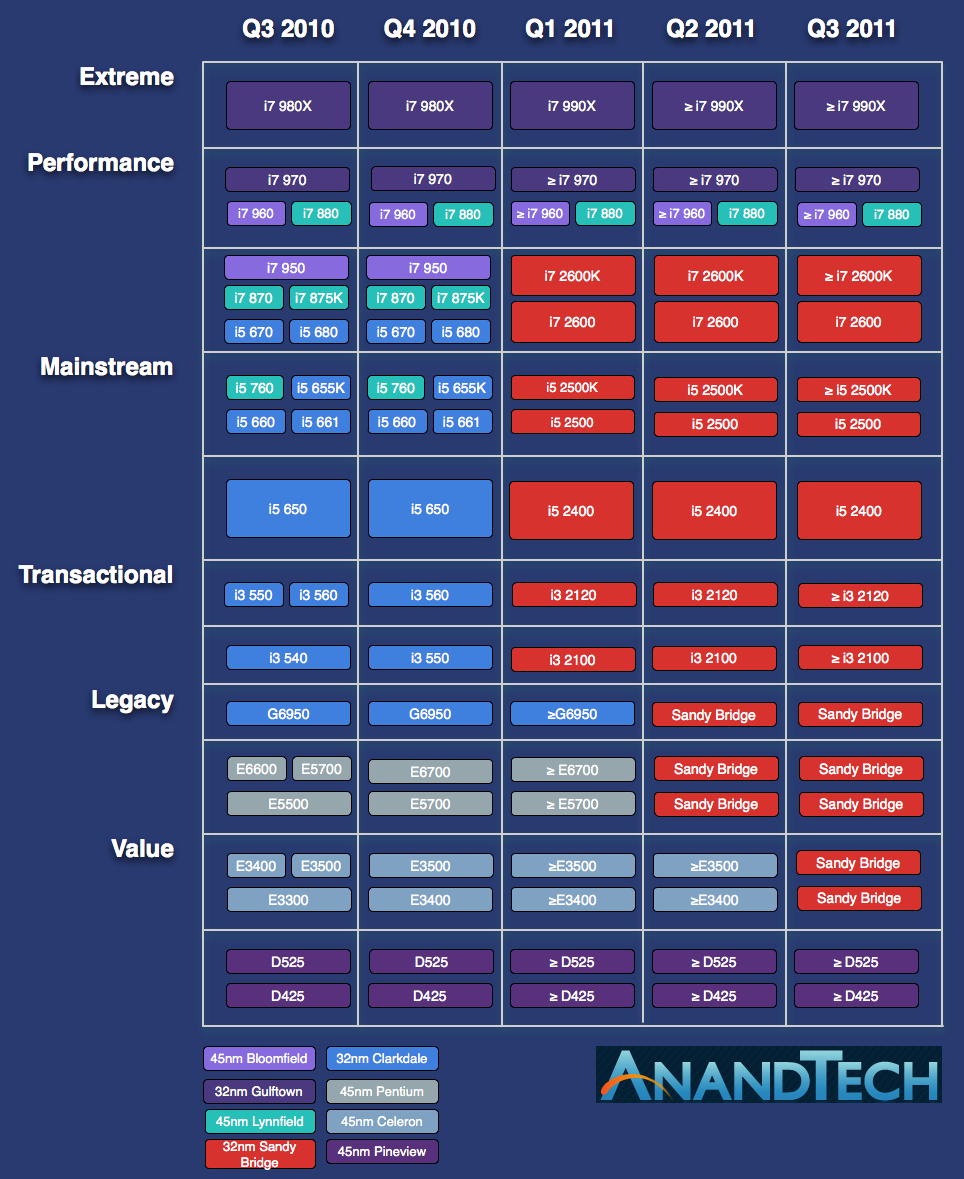ok lets start over, your first post says:
i believe you have the idea way to generalized for an adequate comparison.
2 cores were added because the power efficiency improvements AMD has made allows it to add so much more. when we first got a 125W cpu, it was 3ghz. soon we will have 3.5ghz at the same envelope. and btw we now have hexies at 3.2ghz, which is faster than the original fastest quads.
if you wanted something more than a quad, then your right, reduce mhz, add cores. but its a purchase choice, not a bios toggle that says if your maxed out with a quad or hex
however we can start to argue what the turbo does, turning 6 slower cores into 3 faster ones, which is relying still on the tdp being the same. what if instead of re-releasing the 1055T at 95W, they left it at 125W, but it would 4 turbo cores at 3.5ghz.
owners of the 1090T have full control over turbo, they can set the number of cores, and even what the max multi is for each core at turbo, and at stock. if one of them decided to do such a thing and convert their 3.2x6/3.6x3 into 3.2x6/3.5x4, and benchmarked it, i bet it would still fall into the same tdp range.
AMD did try to prevent apps from becoming slower with the hexies by adding turbo, but since it wasnt built from the ground up that way, they were a little limited. duel core apps like most games, should notice an increase
or we can also just argue that every Thuban clocks better than Deneb and there is no excuse if your cpu ends up being slower then deneb.
basically im trying to point out that such a generalized statement really dosnt make it easy to prove if true, since there are so many different ways one can solve such an issue.





 Reply With Quote
Reply With Quote





 . Now i can waiitng at new boards
. Now i can waiitng at new boards 
 it gets technical and nerds love it!
it gets technical and nerds love it!



Bookmarks